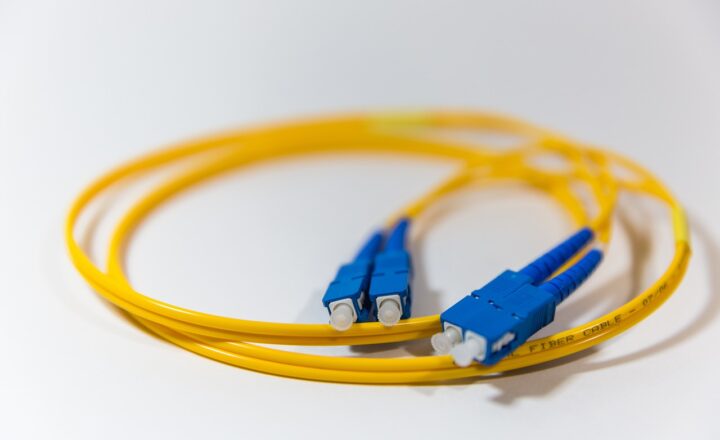A Brief History of the Internet: From Dial-Up to Fiber Optics
November 11, 2024

The internet has transformed the way we communicate, work, and live our lives. From its humble beginnings as a military project to the vast global network we know today, the internet’s evolution is a fascinating journey filled with innovation and change.
1. The Origins of the Internet
The story of the internet begins in the 1960s when the U.S. Department of Defense commissioned a project named ARPANET, designed to enable communication between various military systems. This groundbreaking initiative set the stage for the development of packet-switching technology, allowing data to be sent in small packets rather than in a single stream.
ARPANET came to life in 1969 when the first message was sent between two computers at UCLA and Stanford. Although this initial communication showed promise, it was not until the 1970s that formal networking protocols, such as TCP/IP (Transmission Control Protocol/Internet Protocol), were established to ensure reliable and standardized communication.
2. The Birth of TCP/IP and Domain Names
The adoption of TCP/IP as the main communication protocol in 1983 marked a pivotal moment in the internet’s history. This standardization allowed different types of networks to interconnect, paving the way for the internet as we know it. By the end of the 1980s, ARPANET had evolved into a global network, and the term “internet” began to be used more widely.
In 1985, the Domain Name System (DNS) was introduced, enabling users to navigate the internet using human-readable addresses, such as www.example.com, instead of numeric IP addresses. This innovation made the internet more accessible to the general public.
3. The World Wide Web and Commercialization
The invention of the World Wide Web by Tim Berners-Lee in 1989 revolutionized the way we interacted with the internet. The web provided a user-friendly interface, allowing individuals to create and share content in a more accessible manner.
In 1993, the first graphical web browser, Mosaic, debuted, making it easier for users to navigate the web. This marked the beginning of the internet’s commercialization. By the late 1990s, businesses began establishing an online presence, leading to the rise of e-commerce and the dot-com bubble, which saw a rush of investment in internet startups.
4. The Rise of Broadband and the Digital Revolution
As the internet became increasingly popular, users demanded faster and more reliable connections. The late 1990s and early 2000s witnessed the widespread adoption of broadband technology, allowing for high-speed internet access through DSL and cable modems. Dial-up connections, which were once the norm, quickly became outdated as households upgraded to faster services.
The rise of broadband coincided with the digital revolution, leading to the emergence of social media, file-sharing platforms, and streaming services. Websites like Facebook, YouTube, and Twitter transformed the way individuals interacted and shared information, creating a digital culture that permeated daily life.
5. Fiber Optics and the Future of Connectivity
The 2010s brought new advancements in internet technology, notably fiber optics. Fiber optics use light signals to transmit data at incredible speeds, allowing for faster internet access compared to traditional copper wires. These advancements led to the rollout of fiber-optic networks in many urban areas, providing users with symmetrical upload and download speeds, which are essential for modern applications like cloud computing and online gaming.
As we enter the 2020s, the internet continues to evolve. Concepts such as 5G technology promise even faster, more reliable connections, heralding a new era of mobile internet usage. The growth of the Internet of Things (IoT) is also set to connect millions of devices, creating a more interconnected world.
Conclusion
From its origins as a military communication project to the explosion of connectivity we experience today, the history of the internet is a story of progress fueled by innovation. As new technologies continue to shape the internet, it is clear that the future holds boundless opportunities for further connectivity, creativity, and collaboration around the globe.
The internet will undoubtedly continue to change the way we interact with the world, presenting both challenges and opportunities as society adapts to this ever-evolving digital landscape.







